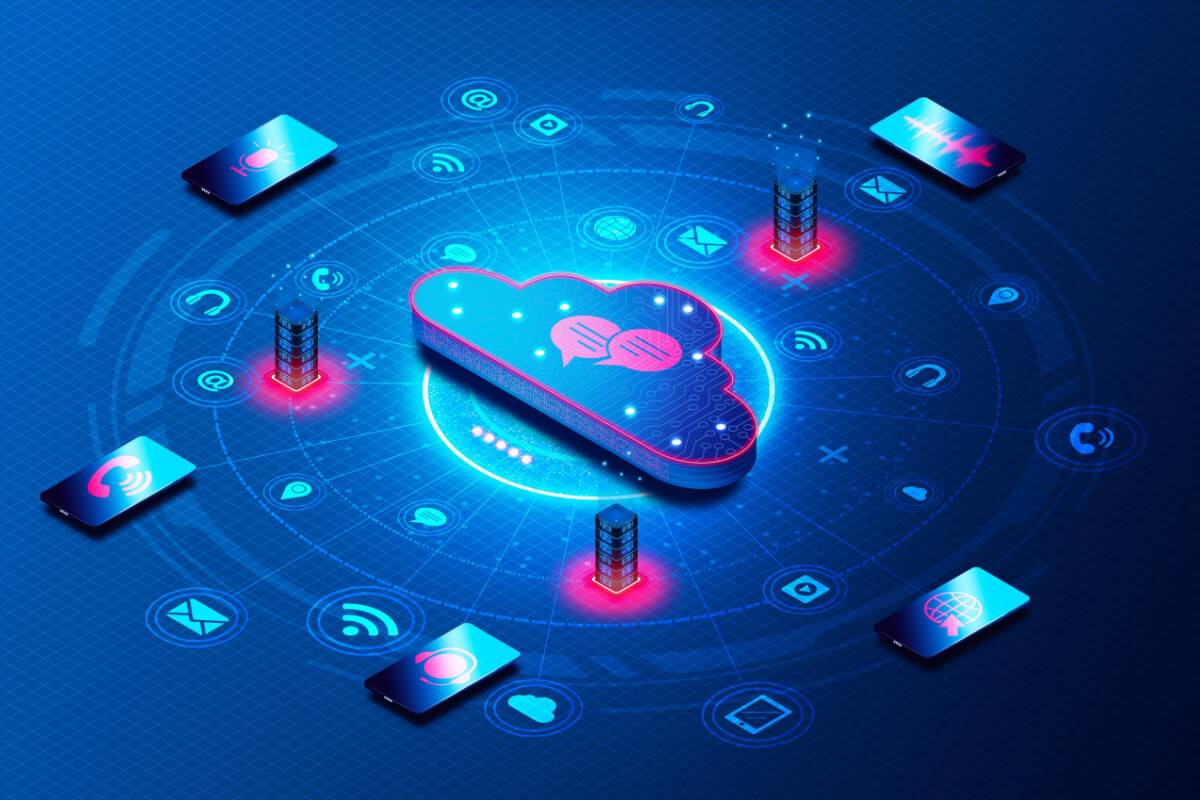In an era where efficiency is synonymous with success, businesses are constantly seeking technological enhancements to gain a competitive edge. Computer Telephony Integration (CTI) is one such innovation that has revolutionized the way companies interact with their customers. But how does CTI work? Understanding the intricacies and benefits of this technology is paramount for organizations aiming to optimize their communication strategies. Keep reading to delve into the world of CTI and explore its vast potential for transforming business operations.
Understanding Computer Telephony Integration (CTI) and Its Evolution
CTI refers to the technology that allows interactions on a telephone and a computer to be unified and coordinated. This integration facilitates a range of functions that extend beyond making and receiving calls, including call routing, screen popping, and call recording. Initially, CTI was a tool reserved for large call centers, but with technological advancement, it has become accessible for businesses of all sizes and sectors.
Over the years, CTI has evolved from hardware-based solutions to software-centric services, making it more scalable and cost-effective. This evolution has led to the proliferation of cloud-based CTI solutions that offer greater flexibility and ease of integration with existing business systems. The shift from on-premises to cloud environments underscores the increasing demand for agility and remote capabilities in the modern workplace.
CTI’s evolution has mirrored the changes in telecommunications, from analog to digital networks and now to Voice over Internet Protocol (VoIP) services. As internet-based communication becomes more prevalent, CTI adapts to support these emerging technologies, expanding its functionalities and the scope of its application. These advancements foster better and more integrated communication solutions.
Exploring the Core Components of CTI Systems
The foundational elements of CTI systems include computerized databases, telephony equipment, and software applications. These components work in tandem to automate and enhance telecommunication processes. The database stores critical customer information, which can be instantly retrieved during interactions to provide personalized service.
On the hardware front, telephony equipment such as headsets, handsets, and phone switches are central to CTI systems. They enable agents to handle calls directly from their computers. Yet, it is software that truly drives the CTI experience. The software integrates with various applications to enable functions like call control, screen transfer, and interactive voice response (IVR) systems.
In addition to these core elements, many CTI solutions also integrate with other enterprise applications such as Customer Relationship Management (CRM) software, enabling comprehensive data access and management. This integration leads to a seamless and efficient workflow, as agents can access customer data and history while simultaneously managing calls.
How CTI Enhances Customer Experience in Call Centers
CTI is a game-changer for customer service, particularly within call centers where rapid response and personalization are key. One of the primary advantages is the reduction in call handling time. Agents equipped with CTI can access relevant customer information before answering the call, ensuring they’re prepared to address the customer’s needs efficiently.
Screen popping is a standout feature that displays customer records on the agent’s screen as soon as a call is connected, allowing for a more informed and personalized interaction. This immediate access to information prevents the need for customers to repeat their details, which enhances their overall experience and satisfaction with the service provided.
Meanwhile, intelligent call routing ensures that customers are directed to the most appropriate agent or department based on predetermined criteria such as language preference, expertise, or past interactions. This not only boosts first-call resolution rates but also contributes to lesser wait times and a more streamlined service.
Overall, CTI systems play a crucial role in optimizing business communication and enhancing customer service. They synergize with existing technologies such as CRM software to deliver personalized, efficient interactions that cater to the modern consumer’s expectations. As {CTI} technology continues to advance, its adoption is set to increase, becoming an indispensable tool for organizations that value connectivity, productivity, and customer satisfaction.


